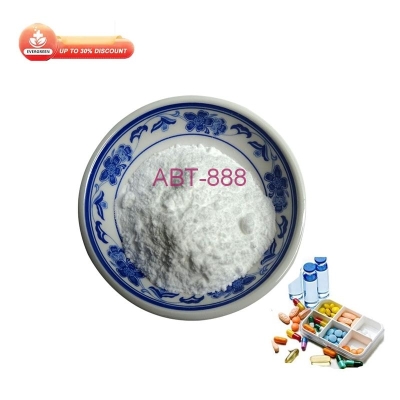-
Categories
-
Pharmaceutical Intermediates
-
Active Pharmaceutical Ingredients
-
Food Additives
- Industrial Coatings
- Agrochemicals
- Dyes and Pigments
- Surfactant
- Flavors and Fragrances
- Chemical Reagents
- Catalyst and Auxiliary
- Natural Products
- Inorganic Chemistry
-
Organic Chemistry
-
Biochemical Engineering
- Analytical Chemistry
- Cosmetic Ingredient
-
Pharmaceutical Intermediates
Promotion
ECHEMI Mall
Wholesale
Weekly Price
Exhibition
News
-
Trade Service
Atorvastatin Related Compound D (20 mg) is a prescription medication used to treat high cholesterol levels in the blood.
It is a synthetic drug that belongs to a group of medications called statins, which are known to reduce the levels of low-density lipoprotein (LDL) cholesterol in the blood.
Atorvastatin Related Compound D (20 mg) is an impure form of atorvastatin, which is the main active ingredient in the medication.
It is also known as 3-(4-Fluorobenzoyl)-2-isobutyryl-3-phenyl-oxirane-2-carboxylic acid phenylamide.
The manufacturing process for Atorvastatin Related Compound D (20 mg) involves several chemical reactions, which involve the use of various chemicals and reagents.
The starting material for the synthesis of this compound is a substance called fenofibrate, which is a medication used to treat high cholesterol levels.
The synthesis of Atorvastatin Related Compound D (20 mg) involves several stages, including an initial reaction in which fenofibrate is treated with a reagent called 4-fluorobenzene sulfonic acid to form an intermediate compound.
The intermediate compound is then treated with a chemical called 4-dimethylaminopyridine (DMAP) in the presence of hydrogen chloride gas to form the epoxide impurity, which is a key intermediate in the synthesis of Atorvastatin Related Compound D (20 mg).
This reaction involves the use of hydrogen chloride gas as a catalyst, which helps to activate the epoxide impurity and facilitate the formation of the desired compound.
The next step in the synthesis of Atorvastatin Related Compound D (20 mg) involves the treatment of the epoxide impurity with a reagent called phenylglyoxal in the presence of pyridine.
This reaction converts the epoxide impurity into an intermediate compound called 3-(4-fluorobenzoyl)-2-isobutyryl-3-phenyl-oxirane-2-carboxylic acid.
The final step in the synthesis of Atorvastatin Related Compound D (20 mg) involves the treatment of the intermediate compound with a reagent called 3-(diphenylmethyleneamino)-2,3-dihydroindolone in the presence of hydrochloric acid to form the desired compound.
The manufacturing process for Atorvastatin Related Compound D (20 mg) involves several purification steps, which are necessary to remove any impurities that may be present in the final product.
These impurities can arise during the synthesis of the compound, and they must be removed to ensure the purity and efficacy of the final product.
The purification steps involve the use of various chemicals and techniques, such as crystallization, chromatography, and filtration.
The purification process for Atorvastatin Related Compound D (20 mg) involves several stages, starting with the isolation of the crude product from the synthesis reaction.
The crude product is then treated with a solvent called dichloromethane to remove any impurities that may be present in the solution.
The solution is then dried and evaporated to remove the solvent, leaving behind a solid residue that is further purified using chromatography.
The purified solid residue is then treated with a solvent called ethanol to precipitate the desired compound, which is then isolated by filtration.
The final step in the purification process involves the recrystallization of the compound from a solvent such as ethanol, which results in a pure form of Atorvastatin Related Compound D (20 mg).
The purification process for Atorvastatin Related Compound D (20 mg) is an important aspect of the manufacturing process, as it ensures that the final product is safe and effective for use in patients.
However, it is also important to note that the presence of impurities in the final product can







